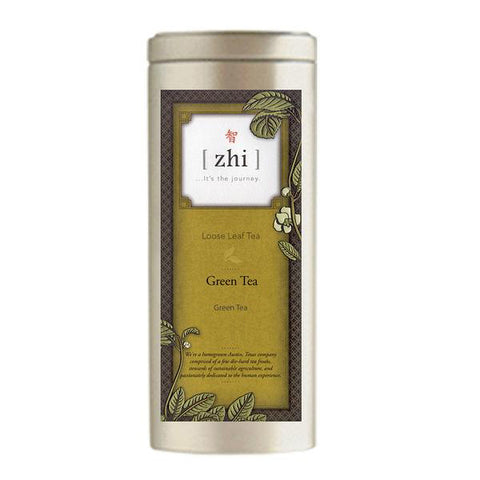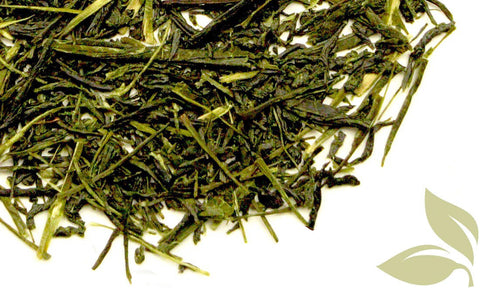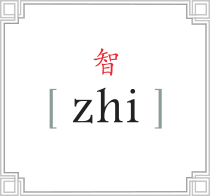Gyokuro Imperial


Ingredients: 100% Organic green loose tea leaves
This is the highest grade organically-grown gyokuro available in the US. From the Kagoshima prefecture in Japan, at the southernmost tip of the island, this ultra premium green tea is guaranteed to elevate your senses and evoke a sublime experience.
Sweet aromatics, fresh flavor; low astringency. Richly textured with alpine notes and hints of white chocolate. Superb and rare. The tea plants are shaded for 20+ days before harvest to increase photosynthesis. The leaves become dark green and the flavor is mellowed, deepened, and given a sweet finish.
Our direct sourced Gyokuro is deep-steamed, which results in more body, more umame, more richness. Note also the liquor is more cloudy than a light-steamed green tea (asamushi), and there are often some small particles. This is not to be confused with a low grade tea, but is in fact characteristic of the "fukamushi" or deep-steamed type of gyokuro. There is no better green tea in the world, in our experience.
Basic Steeping Tips
- Use filtered or spring water, whenever possible
- Don’t over-boil water. Note the lower water temperature!
- Great for several infusions. Expect three amazing infusions.
Green tea contains a very powerful antioxidant called catechin polyphenols, particularly one that is called “epigallocatechin gallate” (EGCG). EGCG is the most prevalent catechin of the several that are in green tea, and appears to inhibit, perhaps even destroy, cancer cells, all without harming and of the healthy surrounding tissue.
Varietal: Yabukita; small leaf, sweet tea used in many of Japan's highest quality green teas.
Gyokuro is made only with the earliest leaf buds of the spring harvest. Grown under shade cover (using reed or straw screens) for 20 days before harvesting begins. Growing the tea in diffuse sunlight reduces photosynthesis in the young leaf buds. As a result, the tea plant produces more chlorophyll, which changes the proportions of the sugars, amino acids, caffeine and flavanols that contribute to the color, aroma and taste. Less exposure to sunlight results in a mild and sweet flavor and less astringency.

